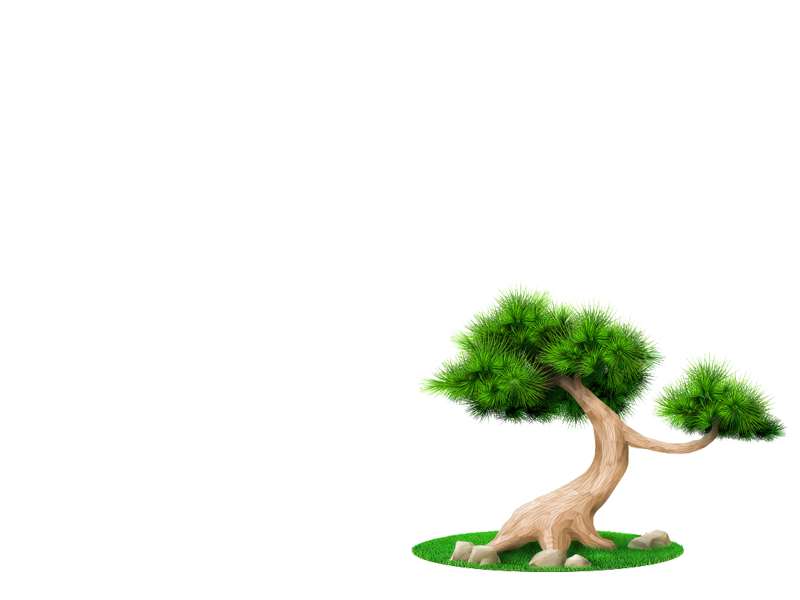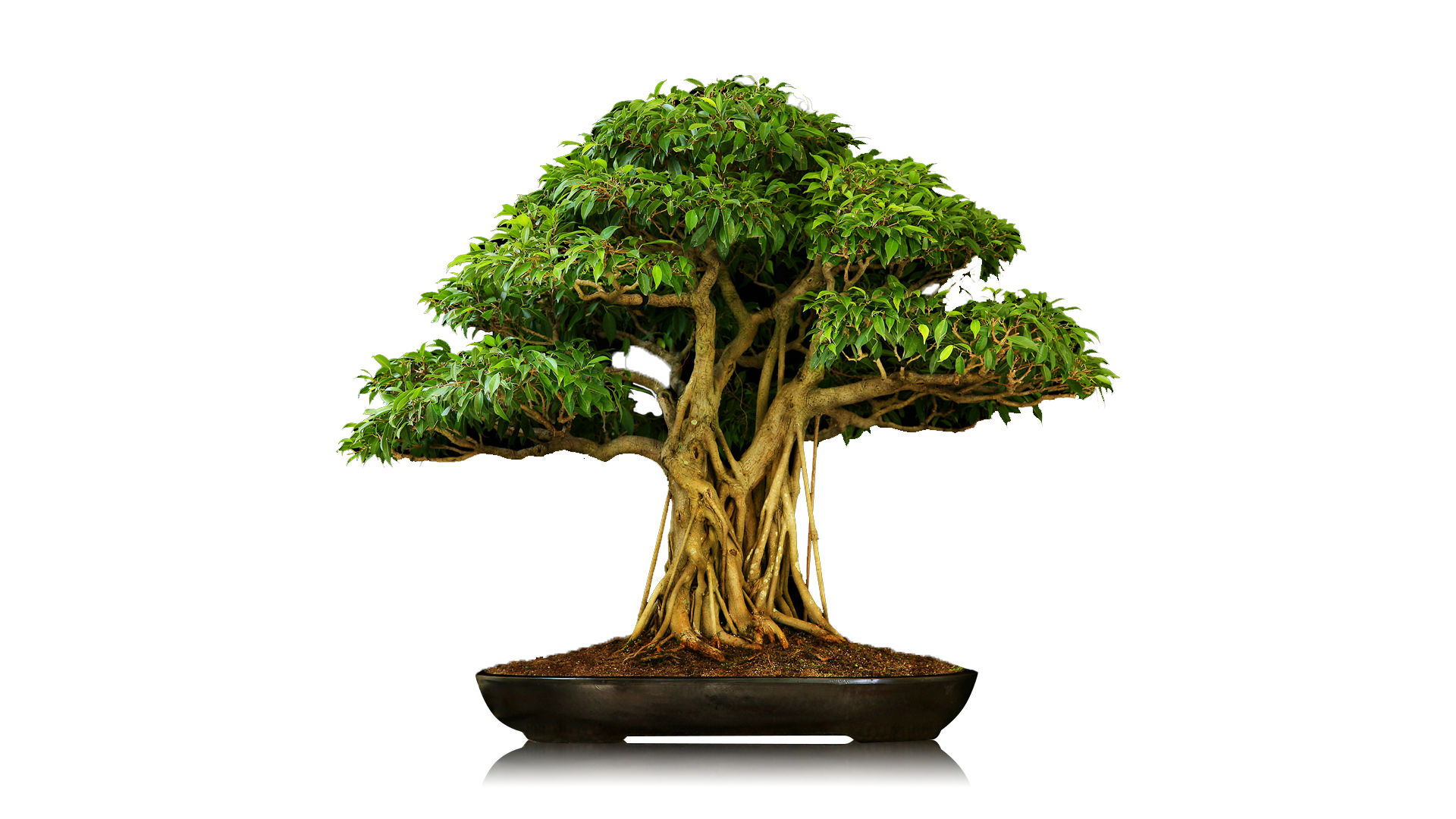No products in the cart.
Bonsai Size Classifications
Japanese bonsai exhibitions and catalogs frequently refer to the size of individual bonsai specimens by assigning them to size classes (see table below). Not all sources agree on the exact sizes or names for these size ranges, but the concept of the ranges is well-established and useful to both the cultivation and the aesthetic understanding of the trees. A photograph of a bonsai may not give the viewer an accurate impression of the tree’s real size, so printed documents may complement a photograph by naming the bonsai’s size class. The size class implies the height and weight of the tree in its container.
In the very largest size ranges, a recognized Japanese practice is to name the trees “two-handed”, “four-handed”, and so on, based on the number of men required to move the tree and pot. These trees will have dozens of branches and can closely simulate a full-size tree. The very largest size, called “imperial”, is named after the enormous potted trees of Japan’s Imperial Palace.
At the other end of the size spectrum, there are a number of specific techniques and styles associated solely with the smallest common sizes, mame and shito. These techniques take advantage of the bonsai’s minute dimensions and compensate for the limited number of branches and leaves that can appear on a tree this small.
Common Names for Bonsai Size Classes | ||
|---|---|---|
Large bonsai | ||
| Common name | Size class | Tree Height |
| Imperial bonsai | Eight-handed | 152–203 cm (60–80 in) |
| Hachi-uye | Six-handed | 102–152 cm (40–60 in) |
| Dai | Four-handed | 76–122 cm (30–48 in) |
| Omono | Four-handed | 76–122 cm (30–48 in) |
Medium-size bonsai | ||
| Common name | Size class | Tree Height |
| Chiu | Two-handed | 41–91 cm (16–36 in) |
| Chumono | Two-handed | 41–91 cm (16–36 in) |
| Katade-mochi | One-handed | 25–46 cm (10–18 in) |
Miniature bonsai | ||
| Common name | Size class | Tree Height |
| Komono | One-handed | 15–25 cm (6–10 in) |
| Shohin | One-handed | 13–20 cm (5–8 in) |
| Mame | Palm size | 5–15 cm (2–6 in) |
| Shito | Fingertip size | 5–10 cm (2–4 in) |
| Keshitsubo | Poppy-seed size | 3–8 cm (1–3 in) |







